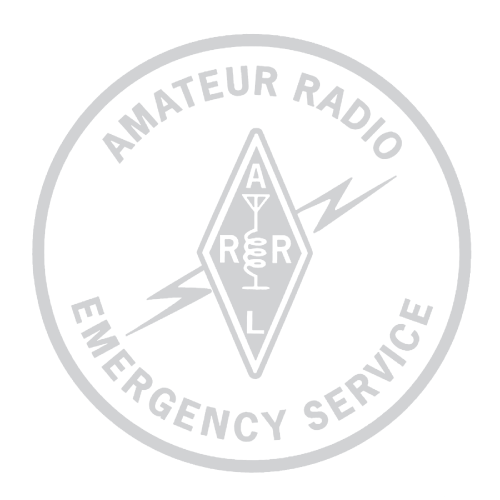Lancaster County Amateur Radio Emergency Services (ARES)
In times of crisis and natural disasters, amateur radio is often used as a means of emergency communication when wireline, internet, cell phones and other conventional means of communications fail. Unlike commercial systems, Amateur radio is usually independent of terrestrial facilities that can fail. It is dispersed throughout a community without “choke points” such as cellular telephone sites that can be overloaded.
 The Lancaster Amateur Radio Emergency Services (ARES) group is made up of volunteer amateur radio operators, to serve the residents of Lancaster County in the event of a disaster. The team has the ability to ensure that Lancaster County can continue to communicate with other local, regional, state and federal agencies to support the response and recovery in a disaster. Through the Lancaster County CERT program, Lancaster County Emergency Services has received grant funding to support this essential capability. As a result of this grant funding, we have been able to invest in and maintain a substantial cache of radio equipment to serve both administrative and field operations.
The Lancaster Amateur Radio Emergency Services (ARES) group is made up of volunteer amateur radio operators, to serve the residents of Lancaster County in the event of a disaster. The team has the ability to ensure that Lancaster County can continue to communicate with other local, regional, state and federal agencies to support the response and recovery in a disaster. Through the Lancaster County CERT program, Lancaster County Emergency Services has received grant funding to support this essential capability. As a result of this grant funding, we have been able to invest in and maintain a substantial cache of radio equipment to serve both administrative and field operations.
Amateur radio operators are experienced in improvising antennas and power sources and most equipment today can be powered by an automobile battery. Amateur radio operators can use hundreds of frequencies and can quickly establish networks tying disparate agencies together to enhance interoperability.
Recent examples include the September 11 attacks on the World Trade Center in Manhattan in 2001, the 2003 North America blackout and Hurricane Katrina in September 2005, where amateur radio was used to coordinate disaster relief activities when other systems failed. On September 2, 2004, ham radio was used to inform weather forecasters with information on Hurricane Frances live from the Bahamas. They were there on the Boston Marathon bombing when the cellphone systems were instantly overloaded.
The largest disaster response by U.S. amateur radio operators was during Hurricane Katrina which first made landfall as a Category 1 hurricane went through Miami, Florida on August 25, 2005, eventually strengthening to Category 5. More than a thousand ham operators from all over the U.S. converged on the Gulf Coast in an effort to provide emergency communications assistance. Subsequent Congressional hearings highlighted the Amateur Radio response as one of the few examples of what went right in the disaster relief effort.
When all standard communications fail, the team of amateur radio operators will be able to ensure our community’s needs can still be met. The ARES group provides training and mentoring to residents interested in obtaining an amateur radio license, and we invite you to join our group. For more information, contact info@ReadyLancaster.org.